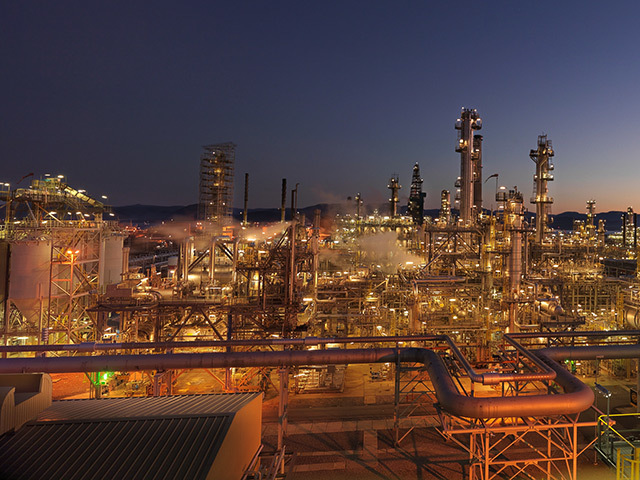
An internal report into two incidents last year by Statoil has found there could have been “loss of life”.
The Norwegian operator held a press conference earlier today after finishing its assessment of what happened during an incident on the Troll field as well as another at the Mongstad refinery.
The first incident happened on Saturday, October 15th during well plugging by the mobile rig the Songa Endurance on the Troll field.
The well control incident led to a gas leak that pushed seawater more than 30 metres up the derrick, before the well was closed by the annular preventer inside the blowout preventer (BOP) about one minute later.
Statoil said the internal investigation defined the incident as having a “high degree” of seriousness.
In a statement the firm said: “At worst it could have led to a loss of life if the safety equipment had failed to function as intended, or if the gas had been ignited.
“The BOP was quickly activated and stopped by the gas leak, and five gas detectors automatically turned off equipment that could have produced sparks.”
The investigation report concluded that two main findings have weakened the barriers and helped gas reach the drill floor.
Margareth Øvrum, executive vice president for technology, projects and drilling in Statoil, said: “This is a very serious well control incident. The actions taken will improve our ability to
assess risk, both before and during operations. We will share our experience from this incident with the rest of the industry.”
It was found during surface maintenance on Tuesday, October 25th, a hydrogen leak had occurred at the Mongstad refinery.
It was found to have occurred due to external corrosion of a pipe socket at the processing complex.
Statoil said: “During pipe inspection in connection with surface maintenance in the isomerization plant at Mongstad, a portable gas detector was triggered close to a valve.
“When an attempt was made to close the valve, the pipe socket broke and high-pressure hydrogen-rich gas was released.
“During pipe inspection in connection with surface maintenance in the isomerization plant at Mongstad, a portable gas detector was triggered close to a valve.
“When an attempt was made to close the valve, the pipe socket broke and high-pressure hydrogen-rich gas was released.”
Statoil have now decided to intensify its programme surface maintenance over the next two years.
Jens Økland, executive vice president for Marketing, Midstream and Processing (MMP) of Statoil, said: “We are intensifying the activity to handle risk related to corrosion under insulation at Mongstad.
“In addition, we are implementing measures to improve interaction and involvement in connection with maintenance and any findings. The threshold must be low for asking risk-related questions and implementing required measures.”